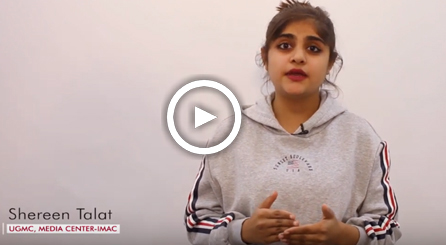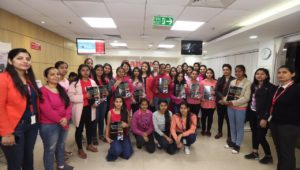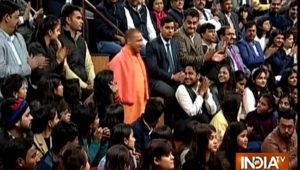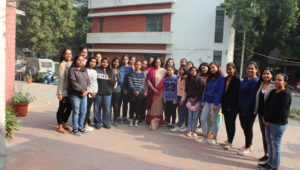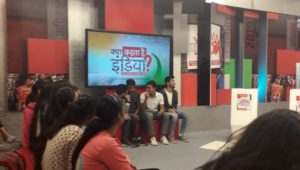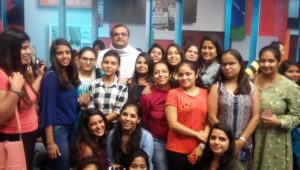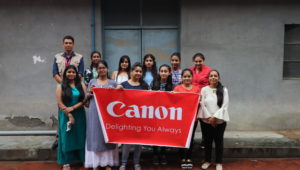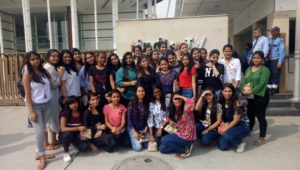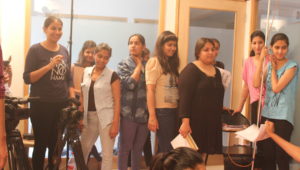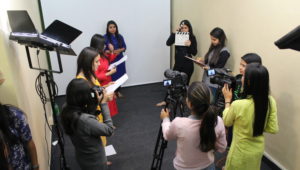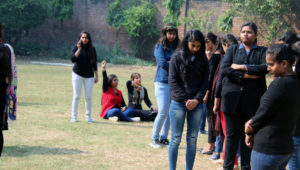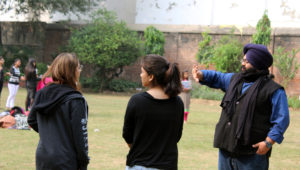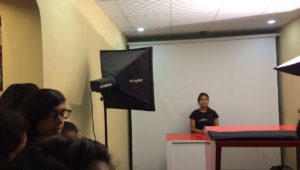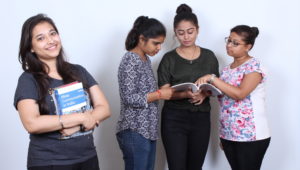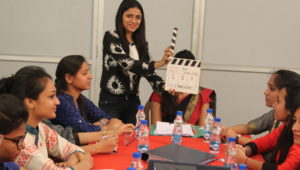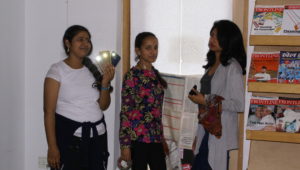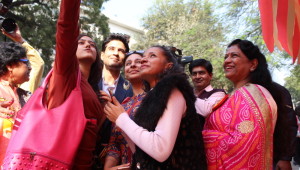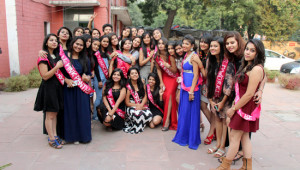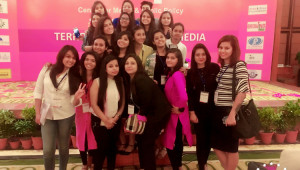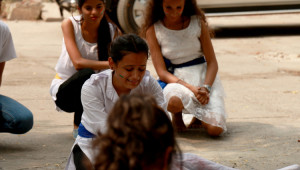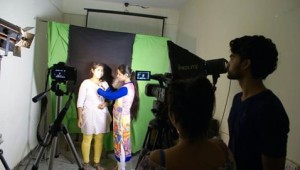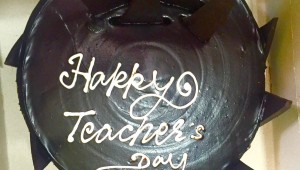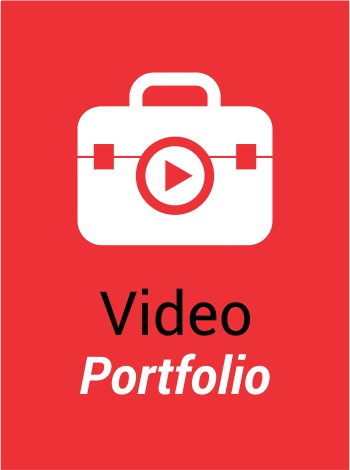BODY
In the body of a news story, all the preparation up to this point comes to fruition. The news you have chosen must now be explained, described, or argued. Each main idea that you wrote down or outlined will become one of the body paragraphs. If you had three or four main details, you will have three or four body paragraphs. The introduction of lead and conclusion are merely ornaments for a story but the basic story remains in the body part. Frequently, the ideas in the body of a news lead to some significant conclusion that can be stated and explained in this final paragraph. 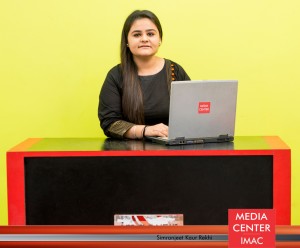
CONCLUSION
A helpful concluding paragraph should provide closure for news, leaving the reader feeling satisfied that the thesis has been fully explained. Probably the shortest paragraph of a news story, the conclusion should be brief and to the point. The conclusion should provide a restatement of the things told in the lead and body. However, a fine writer avoids a blatant repetition of the statement which can leave a reader feeling annoyed and disappointed after reading an otherwise interesting paper. Repeating the thesis, word for word, in the conclusion seems lazy and is not very interesting. It is best to restate the ideas using different language, perhaps even to create a sort of dramatic effect that comes from repetition. Good conclusions might have a dramatic quality — rather like a grand finale. The conclusion should leave the reader with an overall sense of how the writer feels about the subject. Concluding statements which refer back to the introductory paragraph are appropriate here.
Instruction
- First collect your facts. Ask the classic questions: Who, What, Why, When, Where and How. As a story progresses you might have to run with information before every scrap of news is in, but your audience or readers have come to expect that you acknowledge these points even if what you know now is incomplete. If after a bad accident you don’t know the cause include that information.
- Begin with a strong lead. Hook your viewers or readers with the most intriguing aspect of a story up front, otherwise they won’t bother reading the rest of it. I recently wrote and produced an Earth Day television package on solar power. Since sun power itself, is no longer news, I reminded viewers that it was Earth Day, then asked if they would be interested in free electricity. It was an excellent hook in days of rising energy costs.
- Newspaper articles usually employ the classic inverted pyramid style where all of the five W’s and H that I mentioned earlier are handled in a single paragraph long sentence. In contrast, television news is more conversational. There the lead is usually delivered on camera prior to going to video, which is a major part of the story.
- Shun the passive voice. Use simple declarative sentences with a lot of vivid action verbs. Eschew words like “eschew.” Don’t try to impress people with how intelligent you are. Write simply and actively as if you’re trying to reach a best friend and tell her the latest that happened today.
- Be conversational without being ungrammatical. Make sure that you write in sentences and not in phrases with gerunds that go nowhere. Don’t get lazy. Use adverbs when appropriate. “Whom” is a perfectly good word. It’s the objective, not the pretentious form of the pronoun “who.” Know what the subjunctive is and use it. It’s right to write “If I were a rich man…” not “If I was homeward bound.” Please check to make sure that your subjects and verbs agree. Dependent clauses can easily throw this match off. It’s “A group of people protests for better wages,” because “group” not “people” is the subject. If we in the media don’t use good grammar, who will? When you watch news or read it in the newspaper, note which stories grab you and emulate their style.
[This article is published by Media Center-IMAC in interest of student awareness and career guidance. Media Center-IMAC specializes in Post-Graduate/Under-Graduate diploma courses in Media Studies and Mass Communication & TV journalism. With practical oriented and industry specific course, Media Center- IMAC is a prominent institution in Delhi.
Our alumni have proven themselves in the media world and are currently working at prestigious media organizations and top news channels. Besides full time diploma courses, Media Center-IMAC also offers specialized certificate courses in TV reporting, Digital marketing, video editing, radio jockeying, photography and many more.
For more info, visit: http://www.mediacenterimac.com/
Or email at: mediacenterimac@gmail.com
Or call at: 011 43489010, 8076807939.]








